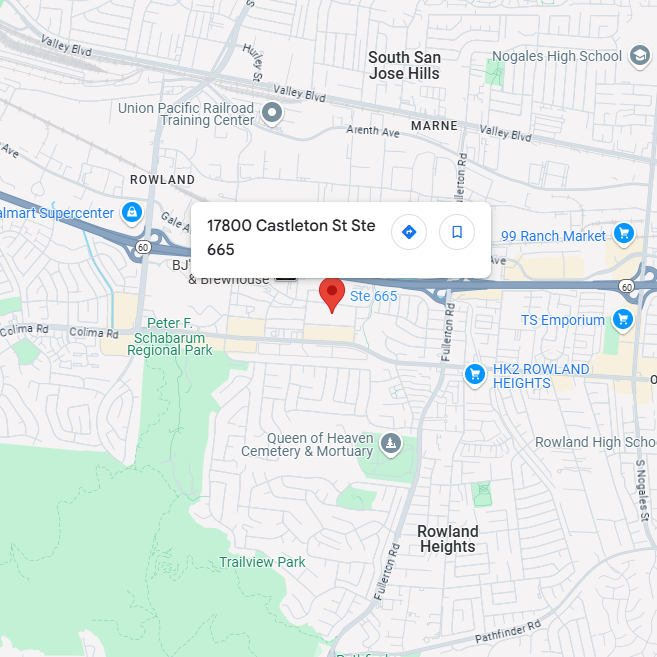EDITGENE CO., LTD

17800 Castleton St. Ste 665. City of Industry. CA 91748

info@editxor.com

+1-833-226-3234 (USA Toll-free)
+1-224-345-1927 (USA)
+86-19120102676 (Intl)

Technical Support

Support Center
Beijing Time: Monday to Friday, 8:00 AM - 6:00 PM
Toll-Free (USA): +833-226-3234
Direct Line (USA): +1-224-345-1927
Email: techsupport@editxor.com

After-Hours Support
Beijing Time: Monday to Sunday, 8:00AM - 6:00 PM
International Line: +86-19120102676
Email: info@editxor.com

Facebook Messenger
Reach out to us on Facebook Messenger for personalized assistance and detailed information.

Linkedin
Engage with us on LinkedIn for professional inquiries, the latest blogs, discoveries, and updates on our innovative work.
FAQ
Can MycoE-A and MycoE-B be used simultaneously?
No, simultaneous use of both reagents places excessive stress on cells and increases the likelihood of resistance development. Use the reagents sequentially according to the instructions.
Residual Mycoplasma detected after treatment
In most cases, mycoplasma should be completely eliminated after treatment. If residual contamination persists, increase the working concentration by 50% and repeat the treatment for another cycle.
Cell death or poor cell condition after Mycoplasma elimination
For most cell lines, Mycoplasma elimination does not affect cell health. However, for sensitive cells, it is recommended to back up the cells before treatment. If cell death or poor conditions occur, reduce the working concentration by half and extend the treatment cycle to 28 days.
Can it be used with conventional antibiotics like penicillin, streptomycin, amphotericin, or gentamicin?
Since this reagent already provides antibiotic functions, additional antibiotics are not recommended during the treatment to reduce stress on cells.
Residual Mycoplasma after treatment
Mycoplasma should be nearly completely eliminated. If contamination persists, increase the working concentration by 50% and repeat the treatment for one cycle.
Cell death or poor cell condition after Mycoplasma elimination
For most cell lines, mycoplasma elimination has no impact on cell health. However, for sensitive cells, it is recommended to create backups before treatment. If cell death or poor conditions occur, reduce the working concentration by half and extend the treatment period to 28 days.
Duration of Gene Silencing (Transient Transfection vs. Stable Cell Lines):
| siRNA: | Transient effect (5–7 days),suitable for short-term phenotypic analysis |
|---|---|
| shRNA/CRISPRi: | Stable knockdown after selection, permanent suppression, effective over 20+ passages |
What are the potential applications of iPSCs in clinical practice?
iPSCs have broad clinical potential, including applications in cell therapy (e.g., for diabetes or heart disease treatment), tissue engineering (e.g., development of artificial skin or liver tissue), and personalized drug screening (e.g., selecting optimal treatments based on a patient’s specific cellular response). These applications may transform treatment methods, offering more effective and personalized medical services.
Differences Between siRNA, shRNA, and CRISPR Interference (CRISPRi) and How to Choose:
| Parameter | siRNA | shRNA (viral vector) | CRISPRi |
|---|---|---|---|
| Duration of Effect | Transient (5-7 days) | Long-term (stably maintained through passages) | Long-term and stable |
| Cell Type Compatibility | Easily transfected cells | Broad spectrum, including hard-to-transfect cells | Requires pre-established dCas9 cell line |
| Off-target Risk | Medium to high | Medium | Very low |
| Typical Use | Rapid validation | Animal or cell models | High-precision gene regulation |
What is Gene Interference and How Does It Work?
Gene interference (gene knockdown) is a technique that partially suppresses the expression of target genes using small RNA molecules (such as siRNA or shRNA) or CRISPRi systems:
siRNA/shRNA: The siRNA associates with the cellular RISC complex to degrade target mRNA, thereby blocking protein translation.
CRISPRi: A modified dCas9 protein binds to a guide RNA (gRNA) and blocks the gene promoter, repressing transcription without cleaving DNA.
Applications: Gene interference is widely used for functional genomics studies, disease mechanism investigation, and drug target validation.
What types of gene interference technology services do we mainly provide? (including siRNA transfection, shRNA-mediated lentiviral/adenoviral stable knockdown, and CRISPRi-based transcriptional repression.)
| Technology | Applications | Delivery Format |
|---|---|---|
| siRNA transfection | Rapid validation (effects observed within 72-96 hours) | Cells post-interference/experimental report |
| shRNA viral vectors | Long-term suppression (stable cell line screening) | Viral particles/stable knockdown cell lines |
| CRISPRi | High-specificity gene inhibition | dCas9-expressing cell line and gRNA vector |
What is lentivirus packaging?
Lentivirus is a gene delivery tool that introduces exogenous genes into cells. By using tool cells such as 293T, lentiviral vectors carrying target DNA fragments are packaged into lentiviral particles with cell-infectious activity. This packaging process includes constructing lentiviral vectors, preparing packaging plasmids, culturing tool cells, transfecting plasmids, collecting viral particles, purifying and concentrating viral particles, and titration.
What is the difference between induced pluripotent stem cells (iPSCs) and embryonic stem cells (ESCs)?
Both iPSCs and embryonic stem cells (ESCs) have pluripotency, but iPSCs are obtained by reprogramming the somatic cells, while ESCs come from early embryos. IPSC does not involve the use of embryos and does not violate ethical requirements, so it can also avoid immune rejection issues in scientific research. Therefore, iPSC is considered to be a preferred choice.
What are induced pluripotent stem cells (iPSCs)?
Induced pluripotent stem cells (iPSCs) are a type of cell that reprogram the somatic cells into a pluripotent state. They have characteristics similar to embryonic stem cells and can differentiate into almost all cell types in the body. Therefore, scientists can use IPSC cells to generate various cell types in vitro for research and treatment, instead of using embryonic stem cells to achieve the experimental purposes.
What is the core principle of gene knock-in technology?
Gene knock-in technology involves inserting an exogenous gene sequence into a specific location within the genome for gene function studies. Edigene utilizes advanced gene editing tools, such as the CRISPR/Cas9 system, to guide nucleases to cut the target DNA, and employs homology-directed repair or non-homologous end joining to accurately insert the gene at the desired location, achieving efficient and precise gene knock-in.





 Room 501, Building D, International Business Incubator, No.3 Juquan Road, Science City, Huangpu District, Guangzhou, Guangdong, China 510663
Room 501, Building D, International Business Incubator, No.3 Juquan Road, Science City, Huangpu District, Guangzhou, Guangdong, China 510663
